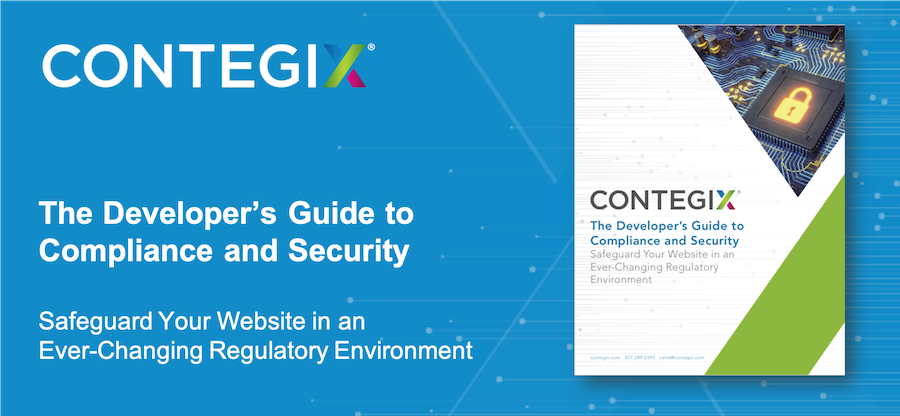With the onset of data analytics software and technology that tracks customer behavior, organizations today have more information about their customers than ever before.
However, increased access to information brings both risks and opportunities. While more data can provide businesses with valuable insight into their consumer base and help them market to the right audiences, it can also open the door for this data to be easily abused. In 2018, 6,500 companies, including high profile brands like Marriott, Facebook, and Google, all experienced data breaches. Each event proved detrimental to the impacted company’s reputation—and harmed their bottom-lines in the process.
As a result, legislatures now aim to improve the way companies handle data. Last year, the EU passed the General Data Protection Regulation (GDPR), which imposes a number of requirements for how companies manage customer data. Following suit, the state of California enacted similar legislation that could impact how businesses in the U.S. collect and manage user data.
But not all of the responsibility to minimize the risk of data abuse falls on the public sector. Companies must also be prepared to tackle these security issues. Organizations that manage user and customer information—a majority of digital businesses—need to ensure that sites comply with industry regulations.
Know the Rules
Security and compliance should be on your mind from the moment you begin developing your website. The steps you need to take to secure and protect your site, however, often vary depending on your industry’s specific compliance regulations. The public sector, for example, must comply with the Federal Information Security Management Act (FISMA), which mandates representatives from each government agency to conduct security assessments. The Federal Risk and Authorization Management Program (FedRAMP) can help agencies comply with FISMA more efficiently and cost-effectively.
Meanwhile, if you manage a website associated with healthcare or patient data, you’ll want to design your environment based on the Health Insurance Portability and Accountability Act of 1996 (HIPAA), which helps organizations understand which patient data must be protected.
Knowing the rules that apply to your specific industry will help you establish a concrete security and compliance program.
Spot the Red Flags
When confronting the potential risk of a breach to your site, it’s easy to think, “It won’t happen to me.” But as these breaches increase in frequency and complexity, you can’t be too careful. According to a report from Risk Based Security, more than 3,800 data breaches exposing over 4.1 billion records were reported in the first half of 2019. Taking preventative measures to protect your data is more important than ever. The first step is educating yourself and your organization about common types of attacks. These potential attacks can take several different forms, one example is site cloning, where a hacker creates a copy of a site and collects user data without the victim realizing. Attacks can also employ malware, unwanted software that is installed in your system without your consent to penetrate company firewalls. Once you learn to identify these different malicious tactics, you can take preventative measures to keep your site—and your customers—secure.
Get to the Root of the Problem
A key way to prevent cyber hacks and data breaches is to identify what causes them in the first place. For example, some hackers might manage to break in through a content management system or CRM platform. Once a hacker gets past one vulnerable system, they can gain access to your entire database.
Engaging a security partner can help you not only trace an attack after it happens, but ensure precautions are taken to prevent it from happening again. By setting up deeper password protections, like two-factor authentication or a password lockbox, for instance, you can ensure the system is more secure in the future.
As regulations change, cyber threats multiply, and technology continues to evolve, safeguarding your website and maintaining a secure environment will only become more necessary.
Ready to take the next step toward security and compliance at your organization? Download The Developer’s Guide to Compliance and Security today.

